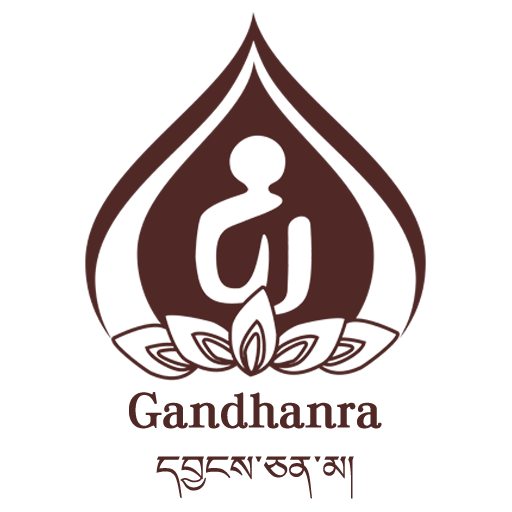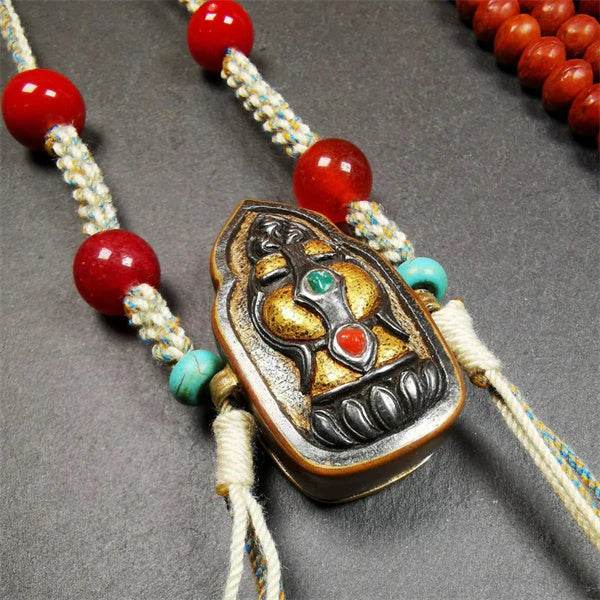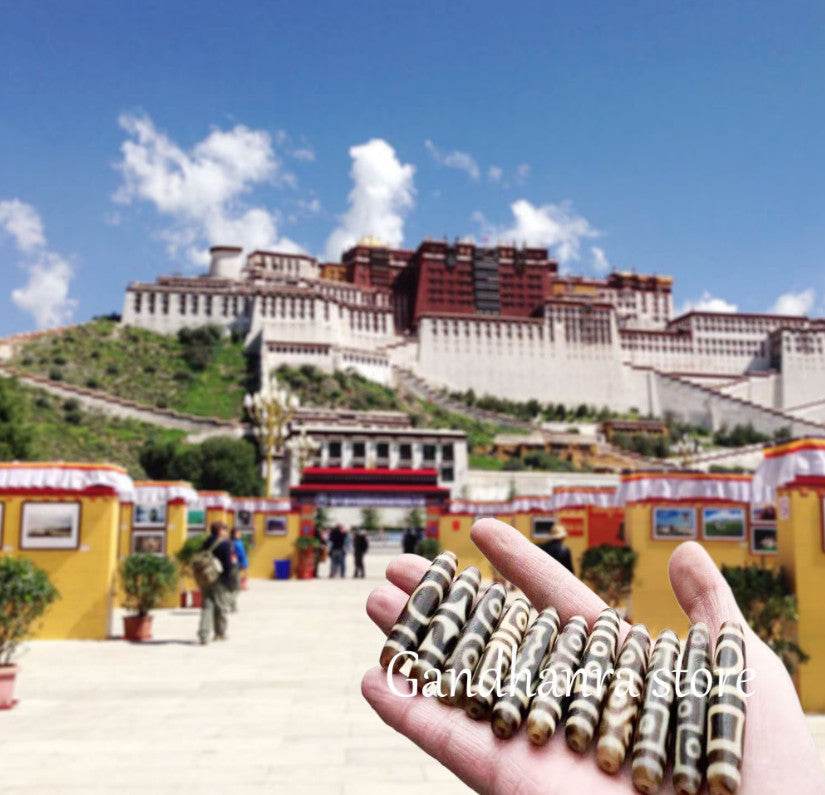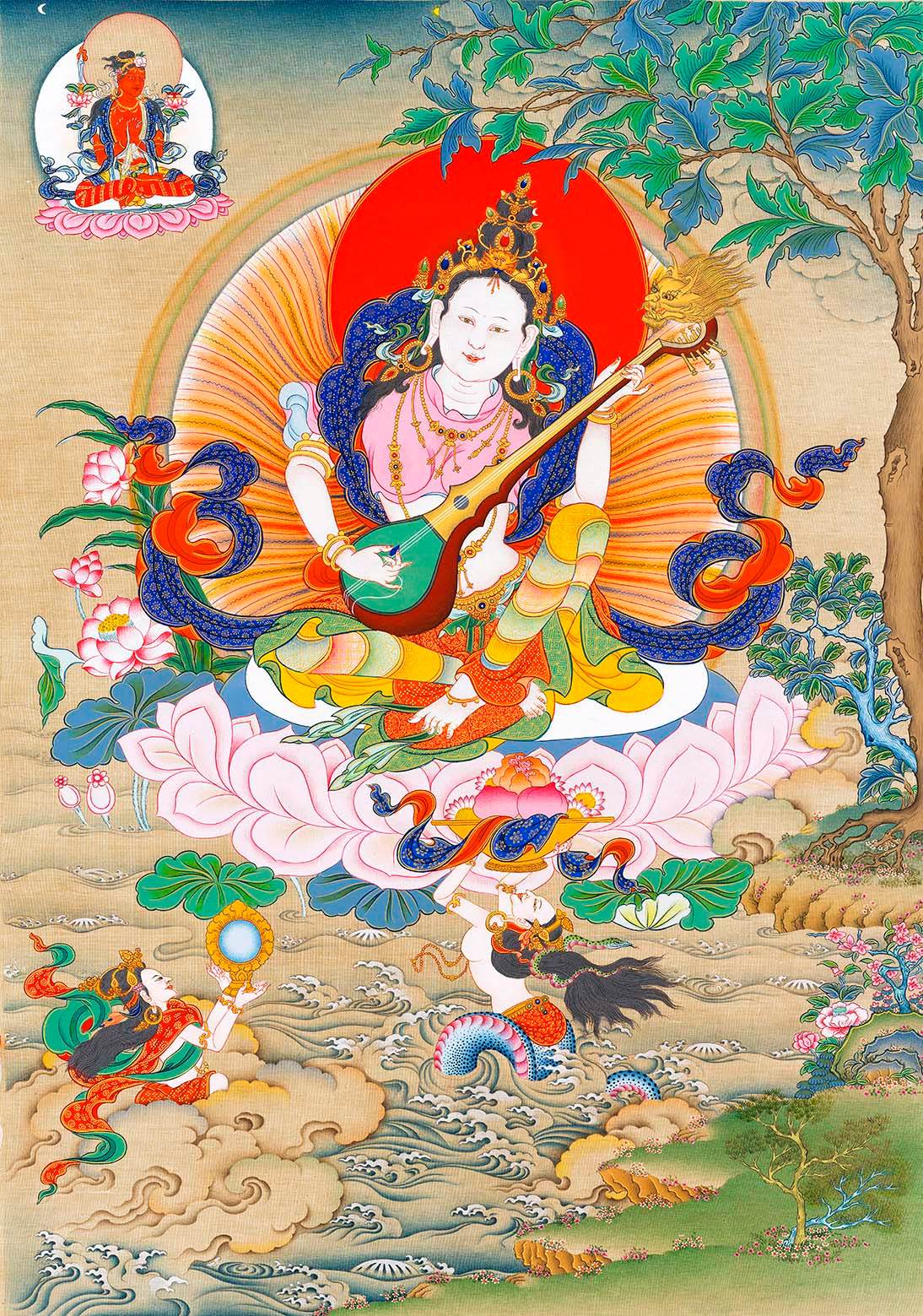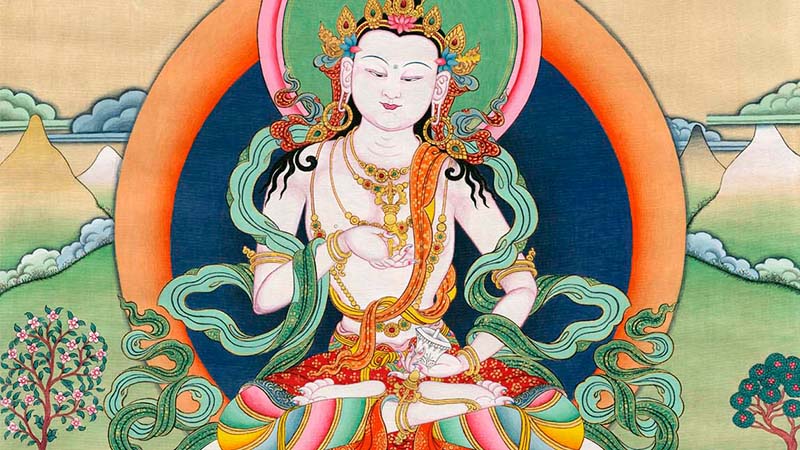
Vajrasattva: The Embodiment of Pure Awakening and Spiritual Cleansing
Vajrasattva,
the Buddha of Purification, represents the power of spiritual cleansing and the restoration of innate purity.




Introduction to Vajrasattva
Vajrasattva (Sanskrit: Vajrasattva; Tibetan: Dorje Sempa) is a central figure in Vajrayana Buddhism, revered as the embodiment of enlightened purity and the ultimate nature of reality. His name translates to "Diamond Being" or "Thunderbolt Being," symbolizing indestructible clarity and the transformative power of wisdom. Often depicted seated in meditation, Vajrasattva holds a vajra (ritual scepter) to his heart and a bell at his hip, representing the union of compassion and wisdom.
Unlike passive deities, Vajrasattva actively purifies negative karma and mental obscurations, offering practitioners a path to inner renewal and spiritual rebirth.

The Origins and Significance of Vajrasattva
Vajrasattva’s origins trace back to the esoteric teachings of Mahayana and Vajrayana Buddhism, where he is considered the primordial Buddha of purification. In Tibetan Buddhism, he is central to the Ngöndro (preliminary practices), where practitioners invoke him to cleanse karmic imprints and break cyclic patterns of suffering.
According to tradition, Vajrasattva arose from the cosmic realm of truth (dharmadhatu) as a manifestation of the purified mind—untainted by defilements and dualistic perception. He is often associated with the 100-Syllable Mantra, a profound tool for purifying breaches of samaya (sacred commitments).


The Symbolism of Vajrasattva
Color (White): Symbolizes purity, clarity, and the absence of defilements.
Posture (Seated in vajrasana): Represents stability and unwavering meditation.
Vajra and Bell:
Vajra (in right hand): Symbolizes skillful means and indestructible compassion.
Bell (in left hand): Represents wisdom and the sound of emptiness.
Crown and Ornaments: Signify his enlightened status and royal mastery over samsara and nirvana.
Moon Disc Cushion: Reflects the cool, pacifying nature of liberation.
The Vajrasattva Mantra (100-Syllable and Short Mantra)


The two most powerful mantras associated with Vajrasattva are:
100-Syllable Mantra:
"Om Vajrasattva Samayam Anupalaya..."
Used for deep purification of karmic obstacles and broken commitments.
Short Mantra:
"Om Vajrasattva Hum" (ॐ वज्रसत्त्व हूं)
Meaning of the Short Mantra:
Om: The primordial sound of unity.
Vajrasattva: Invokes the essence of purity and diamond-like clarity.
Hum: Represents the indivisible nature of reality and the dissolution of ego.
Chanting these mantras is believed to purify negative karma, heal emotional wounds, and restore the mind’s innate luminosity.


How to Connect with Vajrasattva
Meditation: Visualize Vajrasattva seated above your crown, emitting streams of nectar that cleanse your body, speech, and mind of impurities.
Mantra Recitation: Chant the 6-syllable mantra "Om Vajrasattva Hum" 21, 108, or 1,000 times daily.
Prostration and Confession: Combine mantra recitation with heartfelt confession for profound karmic cleansing.
Offerings: Offer water, light, or incense as gestures of devotion and gratitude.

Conclusion
Vajrasattva is a compassionate refuge for those seeking liberation from guilt, regret, and karmic burdens. His practice reminds us that no matter how heavy our past actions, the potential for purity and awakening remains eternally present within.
By embracing Vajrasattva’s blessings, we can dissolve obscurations and reconnect with our inherent Buddha-nature—a luminous and unbreakable diamond at the core of our being.
May the radiant light of Vajrasattva purify your heart and illuminate your path to awakening!
Have you practiced the Vajrasattva meditation or chanted his mantra?
Share your journey of purification in the comments below!
